Is Going Vegan Better for Your Health and the Environment? (Probably not)

Photo by Tite Zobaran on Unsplash
I was a vegetarian for several years as a teenager. I made this decision while attending a summer camp where I met other teenagers who followed a vegetarian diet and liked the concept of not eating other living creatures. I impulsively, and misguidedly decided to give up meat as well.
For years to follow, I picked pepperoni off pizza and threw it in the trash, as if that was somehow honoring an animal’s life more than just eating the pizza as it was. Steaks got replaced by highly-processed fake meat patties, and due to my lack of cooking skills, many after-school meals consisted of refried beans from a can, cheese, and tomatoes on a microwaved tortilla. Don’t get me started on my public school lunchroom options.
I gained weight and was plagued by fatigue and brain fog most days. I'm sure I was nutrient deficient and spiraling towards other diet-based health issues, pillaging through and blaming it on high school starting at 7:20am. I honestly remember feeling terrible most days, and to be fair, it was probably many factors.
Eventually, succumbing to an instinct that something in my body wasn’t right, I went out to dinner with my friends, ordered a cheeseburger, ate the whole thing, felt great, and never looked back.
You literally can't eat without causing death on some level.
Many people pick up veganism or vegetarianism for ethical reasons, not wanting to contribute to the loss of life for another sentient being.
I get it, I was there once, and that is fine; hunting or raising your own livestock isn't for everyone, anyway.
However, unless you are growing all your own food and can see the entire process from start to finish yourself, you are probably still causing death with your diet in some way or another. It's actually impossible not to.
Firstly, crop fields aren’t natural. If you eat fake meat, it comes from GMO soy, which is grown on massive clear-cut fields. When a field is cleared for farming, many small critters that live in and rely on that field for food and shelter are chopped up by the equipment. If they manage to survive that, they lose their food sources and are exposed to predators.
Many mono-crops are grown with chemical-based fertilizers that degrade the organic microbial activity in the soil, as well as create runoff that gets into waterways, killing off fish and other water-dwelling creatures. Roundup, one of the more popular chemical herbicides, is made with glyphosate, a chemical that’s been linked to non-Hodgkins lymphoma.
If you go buy something organic, then it is likely grown with bone meal, blood meal, or fish emulsion for fertilizer. Those are exactly what they sound like. Bone meal and blood meal come from cattle slaughterhouses where the bones and blood are ground up for use in gardens, and fish emulsion is made from leftover fish carcasses at fish-processing plants. There is also manure, which subsequently comes from animals. Smaller-scale home gardens can use compost from the kitchen, but this isn’t often done on large, commercial-sized farms.
About that quinoa...
Other popular protein-rich food sources that replace animal-sourced protein in human diets include things like quinoa.
Eighty percent of quinoa is grown in Peru or Bolivia. It’s been the staple crop of the indigenous Andean people for nearly 7,000 years, who, in recent years, can no longer afford to eat it because of its boom in popularity in the western world and increasing food prices. While since 2000, production of quinoa in Bolivia has increased, domestic consumption of it has decreased as local populations turn to carb-heavy bread and pasta. Bolivia is already the poorest and most food-insecure country in South America, and exporting its primary nutrient-dense crop is contributing to that.
This doesn’t even include the greenhouse gas emissions released by sending quinoa around the world, or sending that cheap, processed bread and pasta back to Bolivia to replace what’s been taken away.
Read more on the quinoa industry here.

Photo by Pierre Bamin on Unsplash
Most vegan alternatives are highly-processed.
The data shows that consumption of highly-processed foods is probably the biggest contributor to health issues in the United States, meatless or otherwise.
Meat and cheese substitutes are full of artificial ingredients that are calorie-dense, addicting, and quicker to digest, meaning you don’t absorb as many nutrients and are more likely to pack on pounds eating them.
A five-year study of 100,000 people also showed that those who ate 10% more processed foods led to a 12% increase in cancer risk.
There are also additives like sugar, fat, and sodium. One serving of Impossible Burger contains 370mg of sodium, which is about 16% of your daily recommended intake on a 4oz patty.

Photo by Pablo Merchán Montes on Unsplash
That doesn’t even include growing it...
Fields that grow the soy required to create these alternatives use tons of fertilizers and pesticides, and that’s just to grow it. The tractors, equipment, and energy required to maintain it burn up even more fossil fuels, and that’s even before it’s loaded into that semi-truck used to transport it to your local grocery store.
The vegan diet means nutrient deficiencies and other health risks
Nutrient deficiency risks of a vegan diet include iron, zinc, vitamin B12, vitamin D, and omega-3 fatty acids.
In the grand scheme of human history, the vegan diet is relatively new, meaning our bodies haven’t evolved to be able to sustain it. Any how-to-vegan information will explain that there are certain supplements you actually need to take, as you can’t get the same quality nutrients from a plant-based source as you can from an animal-based source. Because of the high risk of potential nutrient deficiencies, veganism is actually considered an extreme diet.
There are a few common health issues that arise from veganism gone wrong. Such examples include…
- An increased consumption of soy can lead to hormone disruptions and increased heavy metal intake. Soy is a source of plant-based protein that many vegans often use to replace animal-sourced protein, and while it may be okay in moderation in non-processed forms, highly processed forms include things like tofu, soy milk, tempeh, and other fake meats that are marketed as a plant-based alternative. Soy has been named as a primary contributor to increased levels of the toxic heavy metal cadmium in vegetarians. There is also a high risk of hormone interference due to phytoestrogens found in soy.
- Iron deficiencies are a huge risk for vegans, as plant-based iron is considered non-heme iron which isn’t as absorbable by the body. This has been linked to iron-deficient anemia and can be particularly bad for women of child-bearing age, who lose a lot of blood around their menstrual cycles and are already susceptible to iron deficiencies anyway.
- Vitamin B12 deficiency or depletion is accompanied by symptoms such as anemia, disturbed vision, irritability, depression, mouth ulcers, paresthesia (pins and needles feeling in the body), a pale yellow tint to the skin, soreness in the tongue, changes in behavior, memory, cognitive function, and ultimately an increased risk of dementia. Because vitamin B12 is only found in animal foods, it absolutely needs to be supplemented by vegans and vegetarians, however, there is a genetic variation in many people called MTHFR that impacts how vitamin B is absorbed, so supplementation for these folks may not even cut it.
- Poor zinc absorption is another common issue with vegan and even vegetarian diets. Zinc is another essential mineral that isn’t as readily available in plant form as it is from animal sources. Zinc plays a huge role in keeping your immune system healthy. Nutrition professionals recommend increasing zinc intake up to 50% more than the daily recommended levels to ensure adequate intake while on a strictly plant-based diet.
While many of these nutrients can be supplemented to an extent, getting nutrients from a pill form is still consuming a machine-made synthetic substance and isn’t the same in quality as getting your vitamins and minerals directly from a natural source.
Other issues that can arise from veganism include Orthorexia Nervosa, a form of disordered eating that includes a pathological obsession with “clean” eating. Studies have shown that rates of Orthoexic eating behaviors in vegans and vegetarians were substantially higher than in people who ate meat.
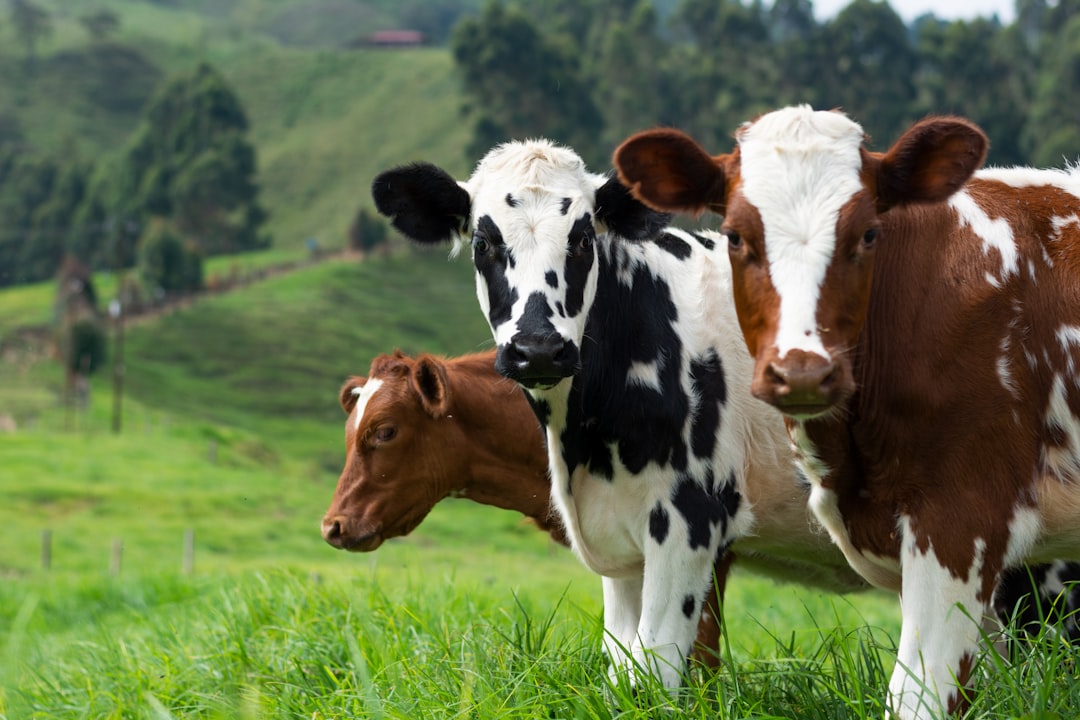
Photo by Daniel Quiceno M on Unsplash
If everyone went vegan, the environment wouldn’t be saved. It may actually do more harm than good.
Research has been done on what the impact of removing animal agriculture from the US would look like, and the actual reduction in greenhouse gases, a pain point often looked at when it comes to animal agriculture, would only reduce greenhouse gas emissions by a net total of 2.6%.
Livestock agriculture provides more than just meat for humans. Animals are often grazed on land that is unsuitable for crop agriculture, and contribute to recycling 43.2 × 109 kg of human inedible food and fiber processing byproduct waste that is consumed by livestock and ultimately gets turned into things like fertilizer.
The model also described how a plant-only agriculture system may produce more plants by about 23%, but it also doesn’t meet requirements for the population’s essential nutrients, which would lead to higher rates of nutrient deficiencies and other related health issues. A higher risk of nutrient deficiencies also means people would eat more food to feel like they were acquiring adequate nutrition, which would quickly eat up the excess plants grown. An agriculture system based on plants only may reduce some greenhouse gas emissions, it would subsequently create a food system that is incapable of meeting the population’s nutritional requirements.
There are responsible agriculture practices that include livestock as an integral part of the system...
I’m certainly not saying factory farming is the answer. Of course, there are livestock farms that have inhumane practices and they certainly do more harm than good. However, livestock can be raised responsibly and used as an essential part of the cycle of agriculture, contributing to improving the land instead of deteriorating it.
Farms like the Organic Compound, a regenerative permaculture farm in Northfield, Minnesota (run by my friends who are awesome, by the way) is a commercial-sized organic farm raising Tree-Range™ Chickens.
Tree-Range™ chickens are raised in small flocks within a system intended to eliminate the negative impacts of poultry production while contributing to improving the soil quality and environment around them. They are raised happily among perennial plants like hazelnuts and elderberries that provide food and canopy, and their poop provides organic fertilizer to the crops in return.
This farm uses what’s known as a Poultry-Centered Regenerative Agriculture system; a type of regenerative agriculture, the systems are meant to “do no harm” as well as contribute to improving the quality of the soil while providing nutrient-dense, healthy food. Regenerative farming focuses on practices like no-till farming, cover crops, crop rotation, and rotational livestock grazing to sequester carbon emissions and improve the quality of the soil.
Even hunting has its place in the cycle. Until recently in human history, our ancestors were hunter-gatherers. If you wanted meat, you went out into the wilderness and hunted it down yourself, and you probably wouldn't survive if you didn't get any.
Until the late 1800s, hunting was highly unregulated. Wood ducks and wild turkeys nearly went extinct, and the white-tail deer population from coast-to-coast withered to less than 500,000.
Middle-class sportsmen that hunted to feed their families became the original conservation champions, pushing for regulations in hunting and conservation efforts to revitalize these populations. Over the course of the first half of the 20th century, a series of laws were set in place that protected wild spaces and animal habitats and created wildlife areas that were collectively owned by the public and could be used by anybody. Hunting became highly regulated, and limits were set based on how healthy the animal populations were.
These efforts paid off big time.
Today, there are over 32 million white-tailed deer that are even considered “overpopulated” in some areas. Selling wild game became a felony, so if you want wild-caught deer meat, you literally have to go into the woods and harvest it for yourself.
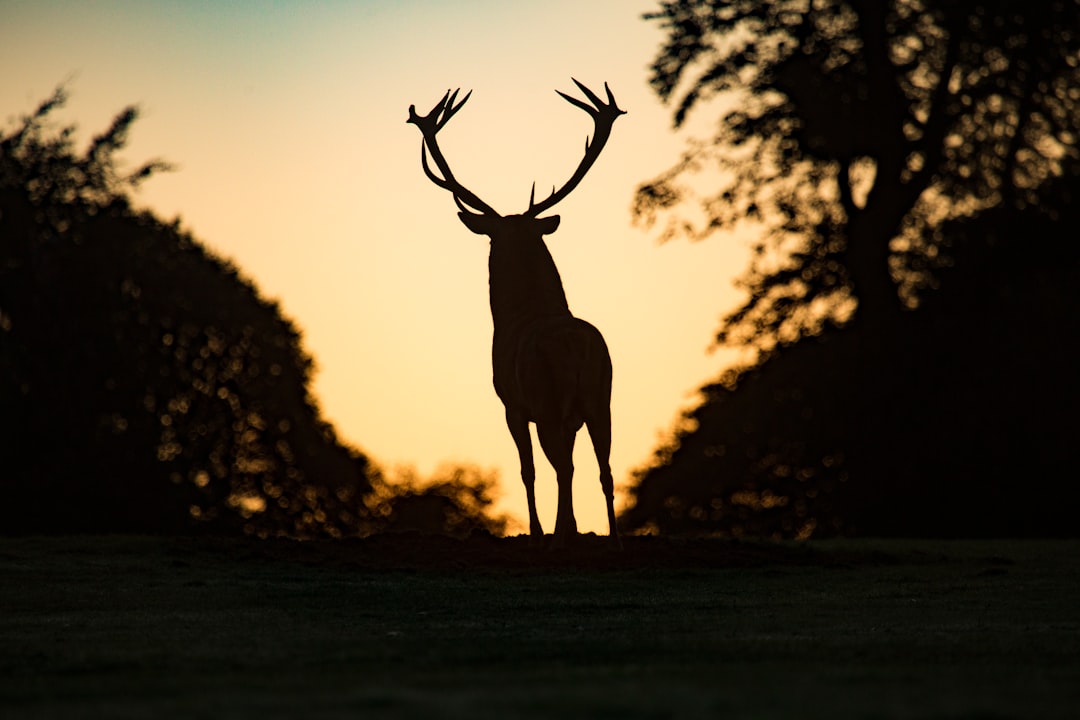
Photo by Diana Parkhouse on Unsplash
Veganism has come about because we’ve lost our place in the cycle of nature.
Since the dawn of the industrial revolution, many humans have moved closer to cities, relying on the convenience of grocery stores rather than needing to farm, hunt, or forage to survive.
At a time in history not so long ago, we needed to do the latter. Our lives depended on it. We also lived lifestyles that were naturally more connected with the wilderness around us. This migration to cities has disconnected us from what it means to be a part of the cycle of life.
As explained in Braiding Sweetgrass, many misguided humans believe that there is absolutely no way humans can use nature without destroying it. We are the plague, so they think.
Humans are omnivores, meaning we eat both meat and plants to survive. For thousands of years, this is how we have survived and thrived. It wasn’t until farming became industrialized that we began seeing the detrimental effects it can have on our ecosystems because industrialized farming was not created with the natural cycles of nature in mind. We clear cut fields to grow one crop at a time, and if something goes wrong with that crop, we drench it in chemicals or genetically modify it to fix the plant, instead of fixing the environment around it to help that crop thrive.
As far as meat, our ancestors were hunters. When we lived more connected with nature, hunting was a natural part of the process. Humans are mindful predators. A hunter can still feel the grief and sorrow of having taken a life, yet be filled with gratitude for the sacrifice that will nourish their family for the coming year.
Because we eat both plants and animals, we don’t need that much meat. One cow can produce nearly 400lbs of meat, which can feed a family for a year. Animals like bison, moose, and caribou can produce even more.
So what do you do?
I’m not advocating for our current system of agriculture. Industrialized agriculture has depleted soil quality and has not been built with the harmony and balance of nature in mind. We can certainly see the detrimental effects of it.
There is a lot of work to be done, but eliminating livestock agriculture would, according to research mentioned before, would likely do more harm than good, both to the land as well as to our bodies.
It's hard to eat without contributing to the negative side of agriculture to some point, so what do we do?
Start with eating local.
Focusing on sourcing your food locally is one of the best ways you can contribute to an improved environment and ensure you receive healthy, ethically grown and raised food. Many local food co-ops have regulations on where and whom they source their meat, dairy, and eggs from so you don’t have to stand in the meat section googling where the heck your chicken was raised.
Shipping food all over the world contributes to massive amounts of greenhouse gas emissions thanks to our fossil-fuel-based transportation system, as well as an unsustainable system that is highly susceptible to contamination.
Eating locally-sourced food can eliminate those excess GHG emissions produced from the transportation, as well as support small-scale, local farmers. Small farmers, while only occupying less than a quarter of all global farmland, do more to feed the world than large-scale industrial agriculture farms. (Read the GRAIN report here.
Farms like those that raise Tree-Range™ chickens are contributing to carbon sequestration and improving soil quality, while humanely raising livestock that goes out to local food co-ops, grocery stores, and restaurants.
Final Thoughts
When I went vegetarian as a twelve-year-old, I meant well, I really did, but as a city-dwelling school girl, I wasn’t very educated in the cycles of agriculture and livestock. If you’d told me then I’d grow up to marry a hunter whom I happily followed into the woods deer season after deer season, I would not have believed you.
I do believe vegans mean well, but the idea comes from a disconnection with our place in the cycles of nature. The nutrient deficiencies that come from a vegan diet are the proof in the pudding. Our bodies need high-quality, animal-sourced nutrients and minerals, and while it’s possible to supplement these when needed, supplements are just another machine-made artificial substitute that doesn’t have the same quality as what you can source from nature itself.
I have friends and loved ones who have gone vegan for a while, sometimes to get certain health issues under control, other times to learn how to use more vegetables in cooking. Heck, I even have a vegan cookbook for meatless meal ideas (I don’t eat meat every day). But when it comes to long-term sustainability and healthfulness, the diet is just a bit misguided.
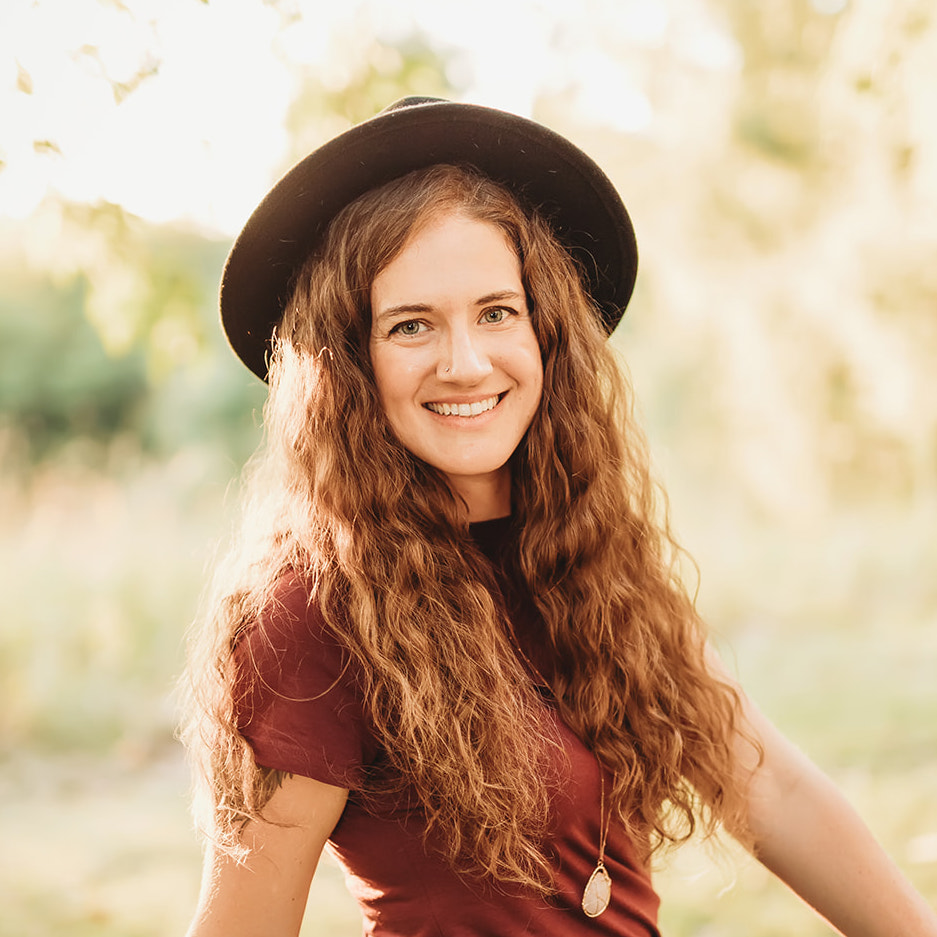







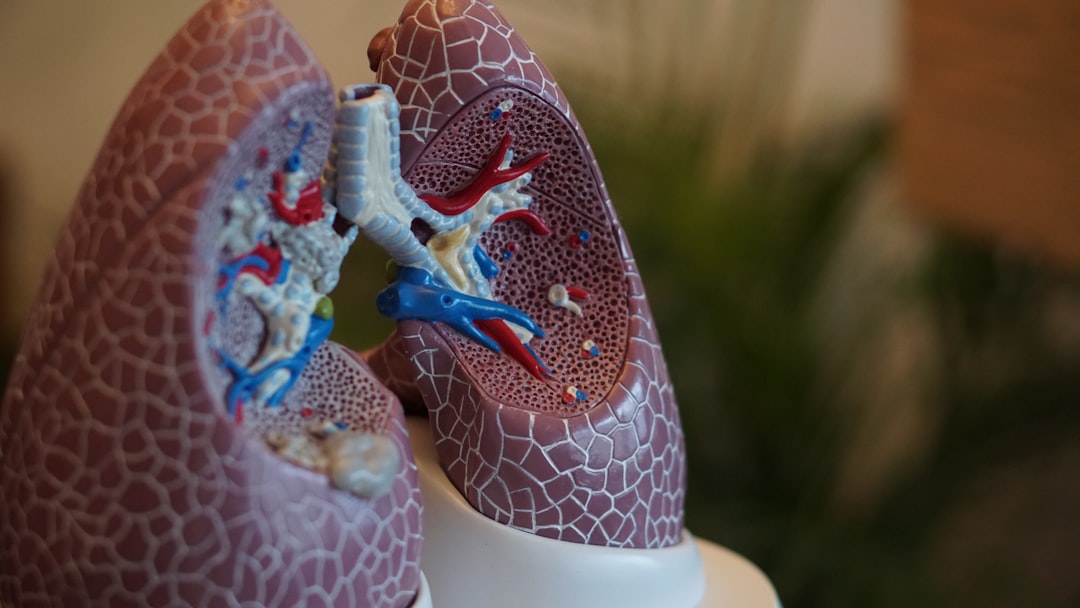
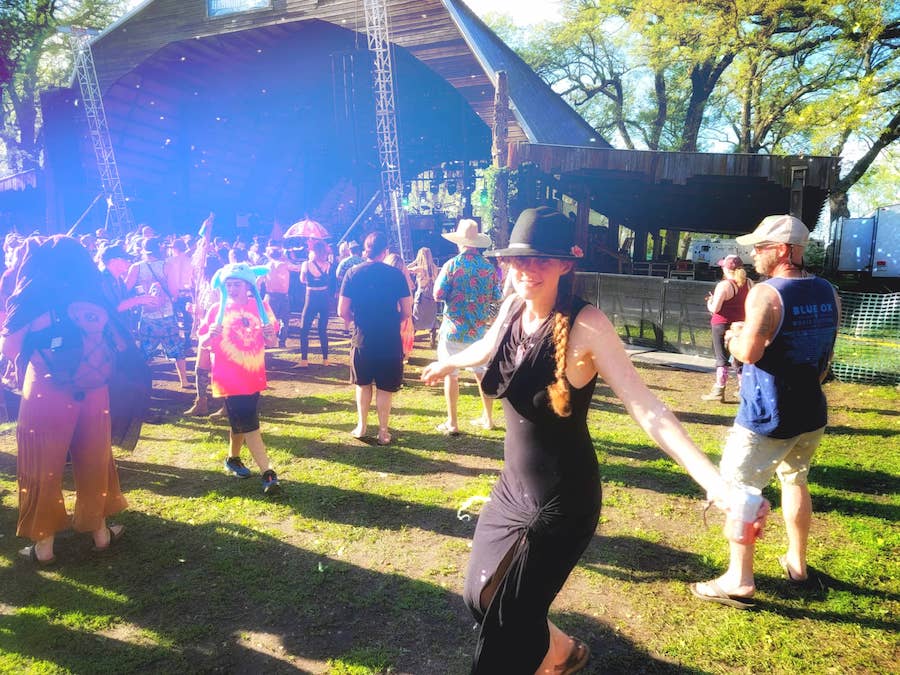


If you enjoyed this article or recipe, please consider giving it a comment! It helps others discover my blog and recipes, and your comments always make my day :) Thank you for your support!
Your email address will not be published. Required fields are marked *